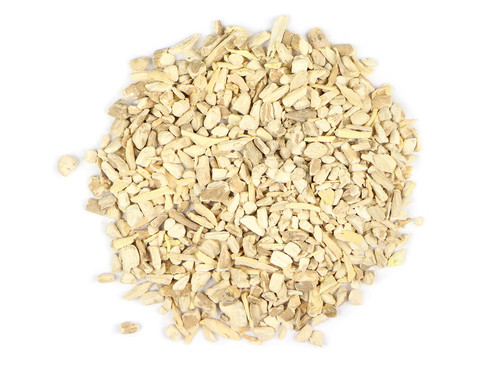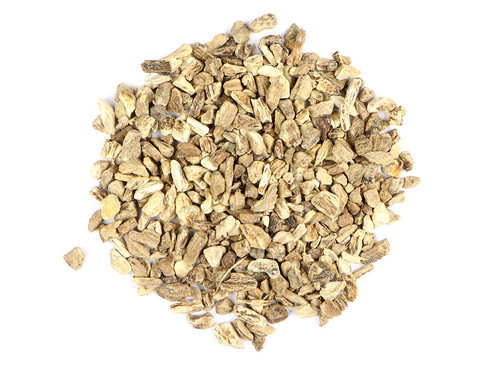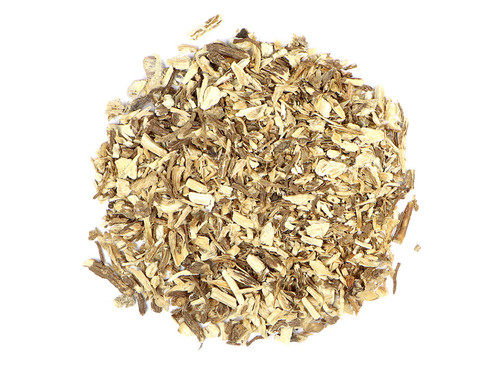Actaea racemosa, commonly known as black cohosh, is an herbaceous perennial in the buttercup family, native to central and eastern North America. It thrives in shaded woodland habitats and is characterized by its dark, twisting rhizome, from which it gets its name. The root is often used to make teas or extracts.
Black cohosh is a flowering plant found in diverse ecosystems, such as old-growth coastal forests, across parts of Canada and the United States, where most of the world’s supply is produced or cultivated. Growing three to six feet tall, it features a stem with clusters of small white flowers. The root is typically harvested between late July and September.
Historically used by Native Americans, black cohosh earned the name "cohosh" from an Algonquian term meaning rough, referring to the rhizome’s texture. It’s also called "bugbane" due to the strong odor of its flowers, which can repel insects. Other names include black snakeroot and rheumatism weed.
Precautions
Not for use in pregnancy except under the supervision of a qualified healthcare practitioner. We recommend that you consult with a qualified healthcare practitioner before using herbal products, particularly if you are pregnant, nursing, or on any medications.
This information has not been evaluated by the Food and Drug Administration. This product is not intended to diagnose, treat, cure, or prevent any disease. For educational purposes only.









